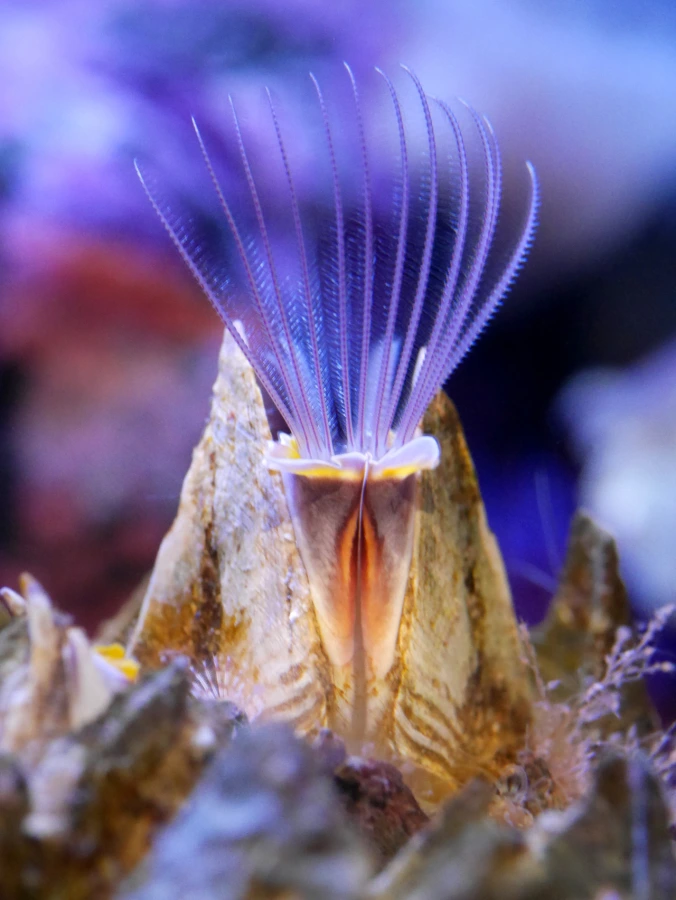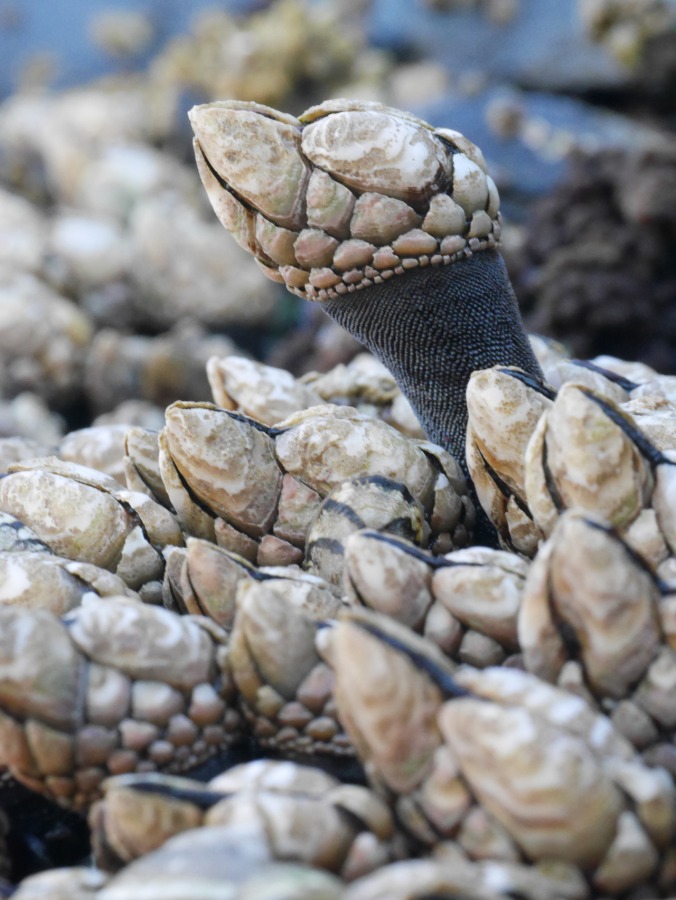
Balanus nubilus “Giant Acorn Barnacle” Cirripedia (Crustacea)
Oregon Coast Aquarium, Newport, OR
June 12, 2015
Robert Niese
B. nubilus is the world’s largest species of barnacle and can grow up to half a foot across and over a foot tall! This species also holds the world record for having the largest individual muscle fibers of any animal! These fibers are regularly used in the study of muscle physiology. Like all barnacles, this species is a filter feeder and prefers to reside in waters that have constant currents or wave action, but will also grow on the hard shells of other animals. The Giant Acorn Barnacle was first described by Charles Darwin in his lesser-known works on Cirripedes from the 1850s, prior to the publication of the Origin of Species. His research on barnacle anatomy and systematics is recognized as one of the most important works in Cirripede science from the past two centuries, and yet, very few people are aware of his contributions to Crustacea.
